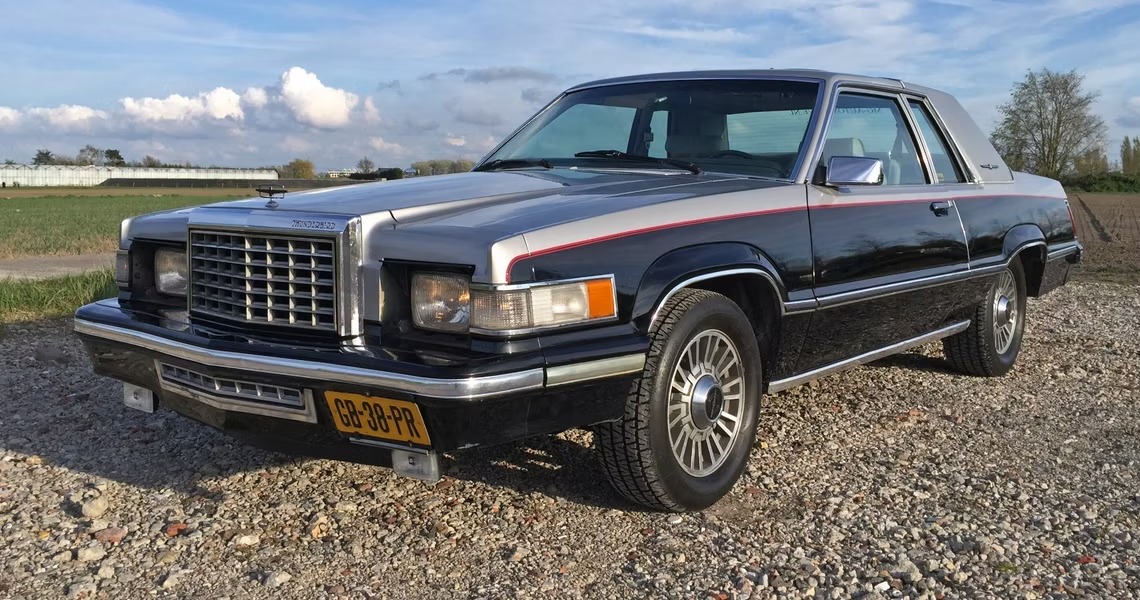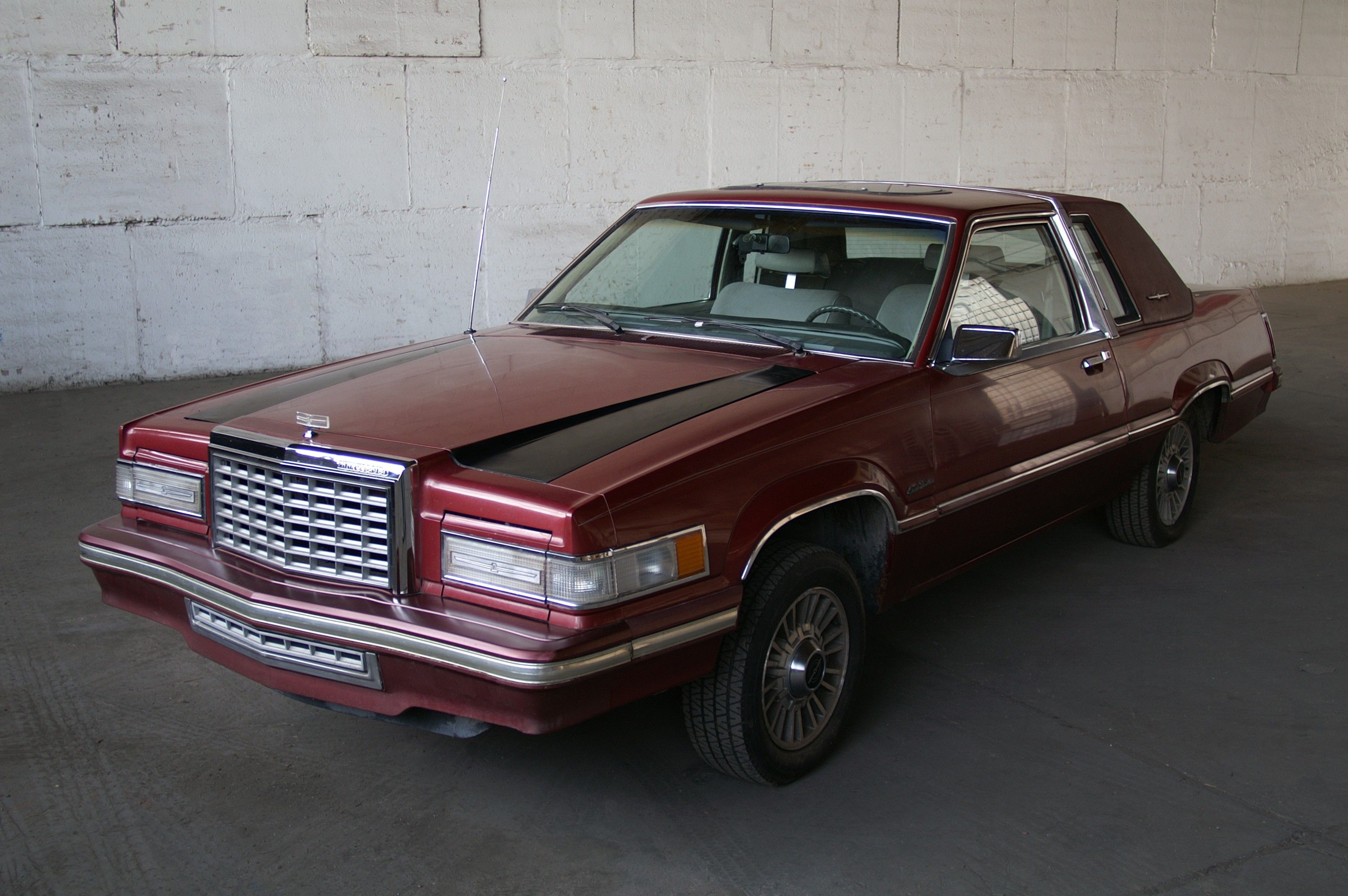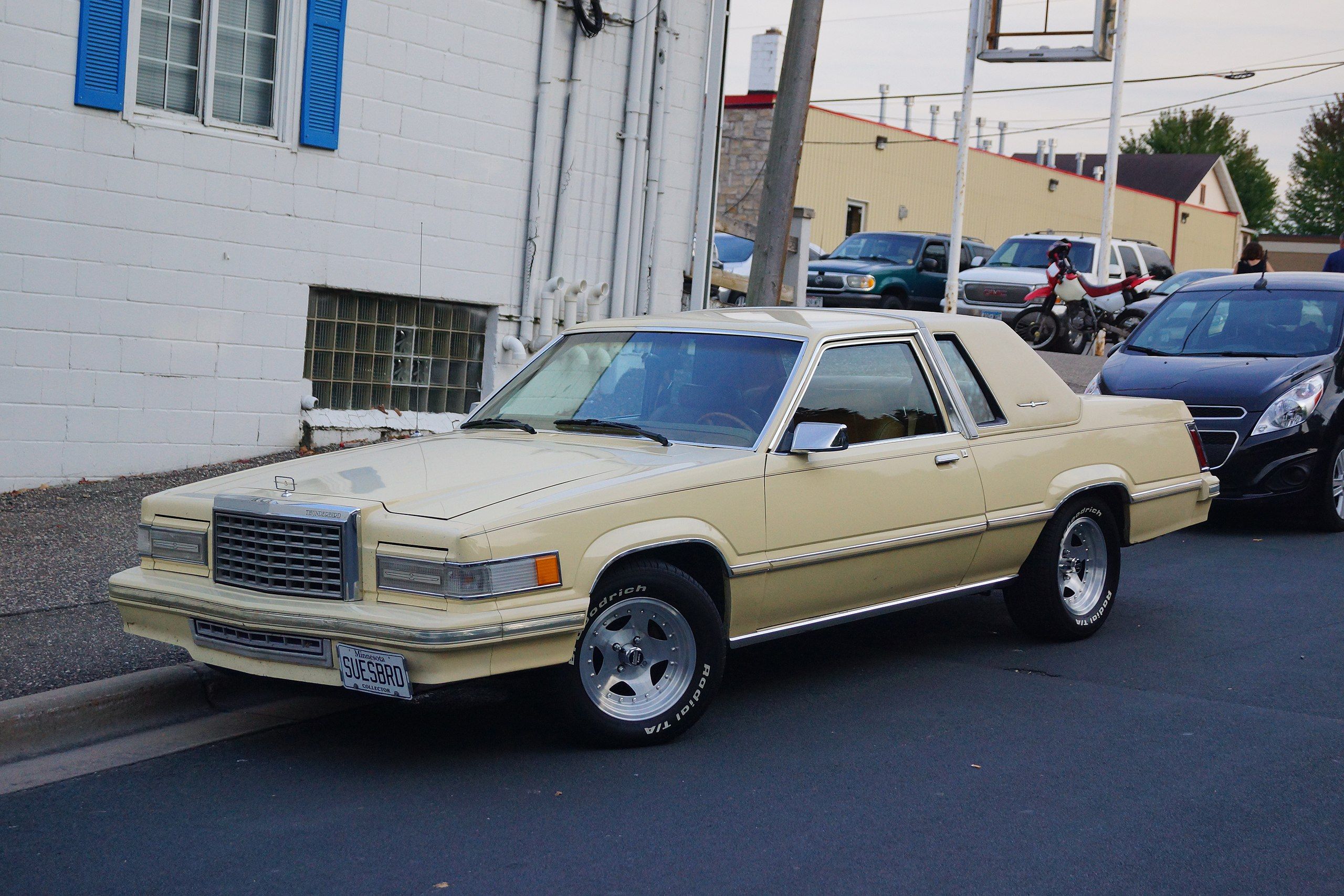The 1980-82 Ford T-Bird is not our cup of tea. Here’s why.

Ford had a good run with its Thunderbird, otherwise known as the T-Bird. The fact that this personal luxury car lived to see as high as 11 generations from 1955 to 2002 confirms this. But it was not all sunshine and rainbows for this nameplate (and Ford).
Not all car lineups evolve over the years, although they certainly strive to grow and keep up with the shifting trends. In the case of the Ford Thunderbird, the first generations were quite successful, reaching many buyers and achieving excellent sales. The car came in many body styles, including coupe, convertible, and sedan, and various configurations that successfully met diverse needs.
Yet, in the early ’80s, Ford somehow failed to deliver what customers needed and produced a rather uninspiring version of the nameplate. Maybe the pressing government regulations aiming to increase fuel economy were the thing that pushed the iconic car manufacturer off its tracks. Maybe it was something else.
Anyhow, the 1980-82 Ford T-Bird ended up bearing an odd design not highly favored among the nameplate fans or, generally, gearheads. The same sentiment prevails today, and here’s why.
The 1980-82 Ford T-Bird Ended Up With An Unfortunate Styling That Knocked Down Sales
Ford has always boasted about its dedication to innovation and progress, but things don’t always go as planned. What the car manufacturer wanted to do in the 80s was to downsize its personal luxury car for the eighth generation and move it closer to the mid-size segment — and it did that successfully. However, other things went wrong, like the design.
The truth is, Ford started to downsize its Thunderbird because of the changed regulations in the late 70s. Still, the eight-generation T-Bird was the first one to receive downsizing as part of the design process. The 1980 production year shed off quite some from its body. The car lost 17.3 inches in length, 4.4 inches in width, and 5.6 inches in wheelbase. It also weighed 1,400 pounds less than the previous generation.
But the huge change in size was not the major problem people had with the 1980-82 Ford T-Bird. The car came only in a two-door coupe body style and used many features from the previous generation. However, placed on a smaller body, the rectangular grille, the fender-wrapping lights, and other components looked odd.
You can see it now, too, how the proportions of the 1980-82 Ford T-Bird look off. Then, there’s that long hood on the small body, an empty-like front with a misaligned line, and that oversized grille. But we’re repeating ourselves. It’s not hard to see why so many people disliked the 1980-82 Ford T-Bird, especially if you check it out in person.
Ford Could Do Much Better With The Engine Options For Its 1980-82 Ford T-Bird
Unlike its predecessors, which had great moments with their specs, the 1980-82 Ford T-Bird offered less than exciting performance with its V8 variants. The 4.2-liter V8 produced only 115 horsepower, and the 5.0-liter one delivered 131 horsepower. Even the later-introduced six-cylinder engine failed to fix the situation with its 88 horsepower output, although that rose to 112 horsepower in 1982. A real blast, right?
But it’s not all that bad, to be honest. The 1980-82 Ford Thunderbird offered stable handling (better than the previous generations), heavy-duty suspension, aluminum wheels, and other excellent components. It also had comfortable seats, power windows (as well as locks and a driver’s seat), and a digital instrument cluster. These were just not good enough to make the potential buyers overlook the underpowered powertrains and odd design.
In summary, while more fuel-efficient (as per government’s guidelines) and improved mechanically, the 1980-82 Ford T-Bird had both strange styling and underpowered engine options. These two factors played the biggest part in poor critics and decreasing sales, so Ford had to make a move quickly to mend the damage to the nameplate. The ninth-generation Thunderbird came to the market swiftly in 1983, adopting a new exterior design.
Admittedly, the Thunderbird nameplate saw many other ups and downs during its long run. The final attempt to revive the name and the car was in the early 2000s when Ford significantly modernized its T-Bird. Still, the public was not interested, and the sales continued to drop, which is why the brand finally discontinued the nameplate.
Back to the 1980-82 Ford T-Bird — if you want to acquire this old chap, you can do so for about $5,000-$8,000. That’s a fair price for an unpopular car from a popular nameplate. We wouldn’t buy this bizarre ride at any price, but we all have different wants. If owning the 1980-82 Ford T-Bird with all its flaws does it for you, we say go for it. Who are we to judge?










